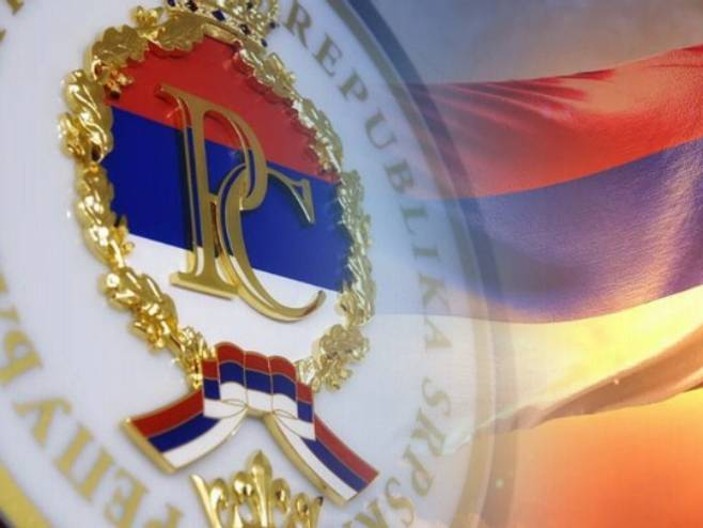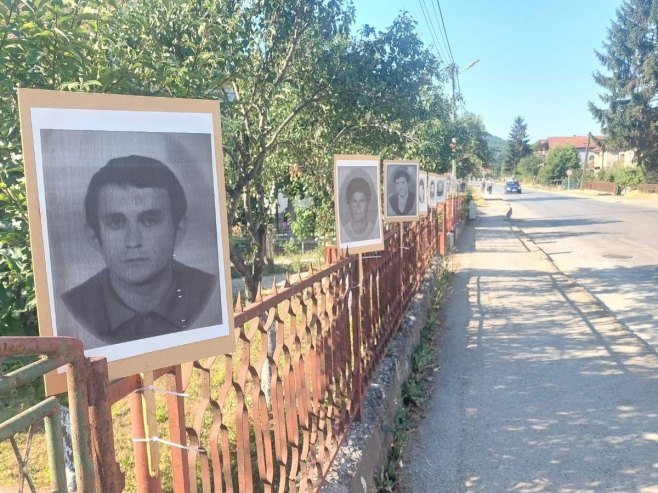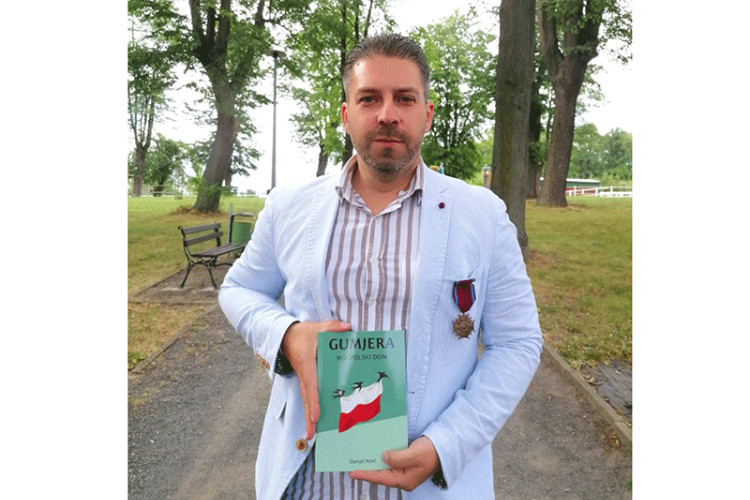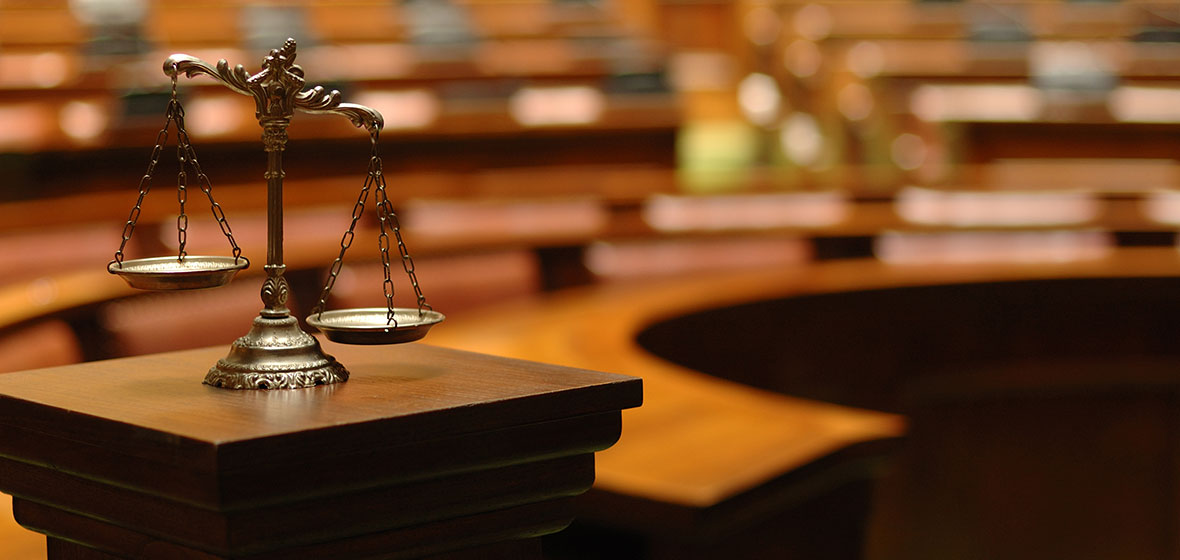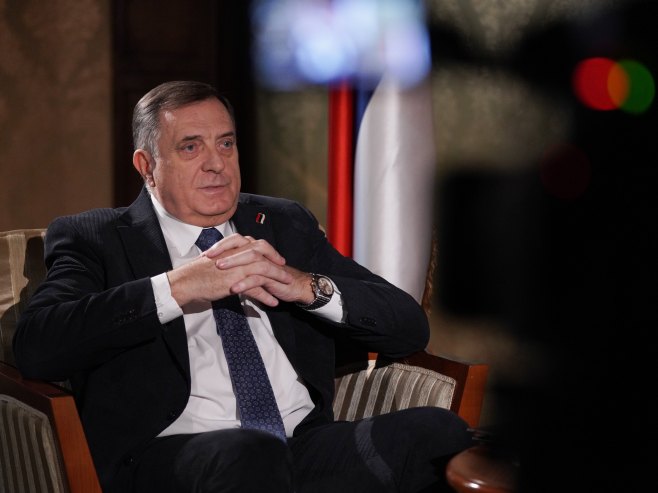Along the regional road Bratunac–Potočari–Srebrenica, photographs of over 600 murdered Serb civilians and soldiers from the Middle Podrinje region—killed during the past defensive-patriotic war in Bosnia and Herzegovina—have been displayed.
The photographs were placed by descendants of the victims and representatives of the Organization of Families of the Fallen from Srebrenica and Bratunac.
Branimir Kojić, from the Organization of Families of the Fallen from the municipality of Srebrenica, emphasized that the purpose of displaying the photographs is to show that Serbs also suffered in this area—women, children, the elderly, and members of the Army of Republika Srpska.
“As in previous years, we have displayed these photos so that everyone heading to the July 11 commemoration in Srebrenica, and those coming earlier, can see the Serb victims and face the truth. These are photos of Serb civilians and soldiers who defended their homes. These are not the photos of people who committed genocide, as falsely portrayed by the federal media,” said Kojić.
He added that there has been considerable pressure and negative commentary from federal media because of the photographs.
“The kind of comments we receive from those media outlets are horrifying. They send us messages of war. We want to show the world that Serbs also suffered here,” Kojić stressed.
He pointed out that during March and May of that tragic year, 80% of the local population perished and that civilians were deliberately and systematically targeted.
“It is clear that there was a plan to eliminate Orthodox Christians from this area, so that not even the light of a Serb household candle would remain. Sadly, they largely succeeded. Podrinje suffered greatly, and we must show the world the truth,” Kojić said.
When asked how neighbors from Srebrenica react to the photographs, Kojić noted that Bosniaks view the display as a provocation.
“Some people, especially those with more radical views, are bothered by it. They have started following me personally and further heightened tensions. They’re offended by this. They’re offended by photos of civilians and children. A child was killed after returning to get a dog—and that bothers them. They’re offended by the photo of my murdered father. But I have no reason to feel shame. My father helped build Republika Srpska,” Kojić emphasized.
He stated that after the Srebrenica commemoration, the plan is to rotate the photographs in the opposite direction so that visiting foreign delegations can also see the truth.
“Once the commemoration in Srebrenica ends, we will turn the photographs around so that returning foreign delegations can learn a lesson and realize that we also suffered—and that no one has answered for these crimes. The Court of Bosnia and Herzegovina sentenced only four individuals to a total of 29 years in prison. Some were even rewarded for monstrous crimes. Is it normal that for so many photos and victims only 29 years of prison have been handed down?” Kojić asked.
He added that even in previous years, foreign delegations showed no concern for Serb mass killing sites.
“They are aware that they bear significant responsibility for the breakup of the former Yugoslavia. At the start of the war, they sided with the Bosniaks. We all remember the aid convoys, while no one helped us. They don’t want to see the truth—they revise history and keep portraying the Bosniaks as the only victims. But they won’t succeed,” Kojić concluded.
Source: RTRS

